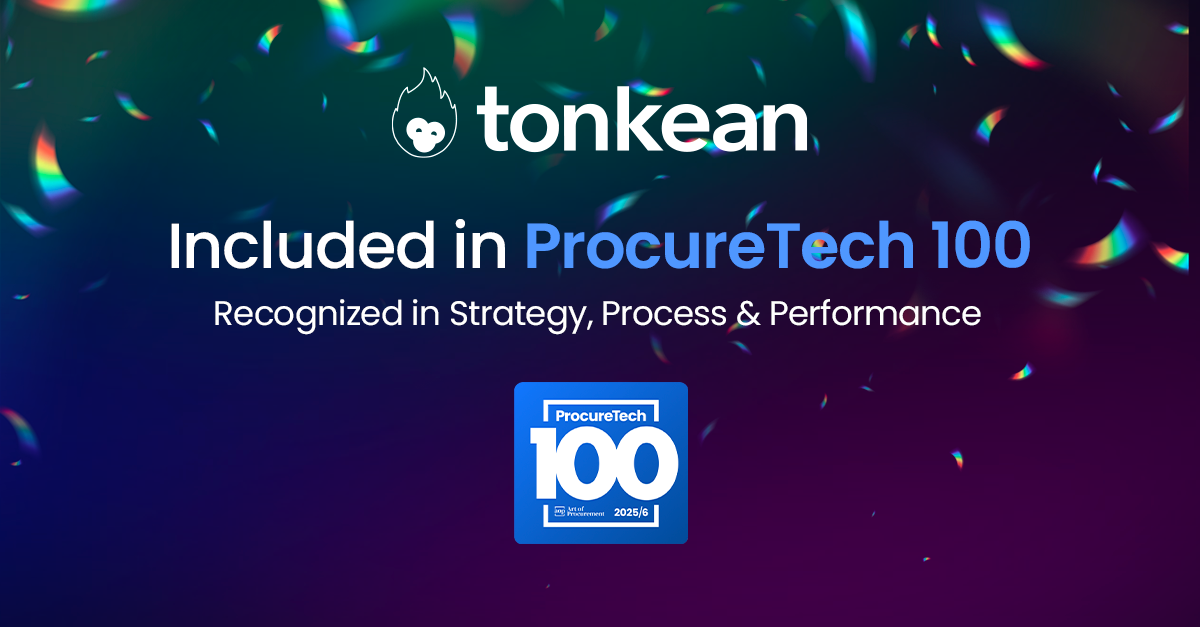
Of all the challenges inherent to procurement, few people pay enough attention to the unstructured tedium of the buying process. To facilitate it, procurement teams have to log into multiple disconnected systems to accomplish otherwise straightforward tasks. They have to make sure internal teams like FinOps and LegalOps are reviewing and moving requests forward. They have to manually coordinate and track all this back-and-forth. For procurement teams, that set of tasks likely inhales more than half of your time.
Another term for this kind of work: intake, triage, and coordination—or ITC.
Why are ITC tasks so taxing? It’s because they require manual work and take away time and energy from the work that requires your expertise and creativity. They also often require collaboration, which is problematic because most teams are siloed, with their own priorities, processes, and tools.
Finally, most organizations have no organized way of handling ITC work, so individual workers are left to figure it out and execute on their own.
The actual problems are fairly small, but there are enormous knock-on effects: The internal user experience is poor, which results in low adoption of processes, which leads to a lack of compliance.
Start with the simple issue of having too many disconnected systems involved with a single process. It gives employees a poor user experience, and what always happens with bad UX? People find workarounds; they almost have to if they’re going to get their job done. They might not use a given system at all or will partially work outside of it.
Without 100% buy-in on processes, you have another problem, which is that you can’t ever be sure tasks are done, or that they’re done correctly and completely. But that’s not only inefficient—it can quickly become a compliance issue, which introduces a completely unnecessary measure of legal risk.
The procurement processes already have a risk assessment step; ITC woes only make that much more difficult.
And of course, the broader result is that procurement processes slow way, way down. Organizations can ill afford for the finance supply chain to slow to a crawl. Businesses need to keep cash flowing in order to operate—for everything from supplies to office space to employee salaries. They need to maintain healthy supplier relationships, too. For that matter, procurement teams can’t make optimal, informed decisions if that supply chain has broken down.
This type of problem can feel inextricable and inevitable. Sometimes, there are no systems you can eliminate, inefficient though they may be. Or perhaps there are simply practical organizational reasons why you’re stuck using a suboptimal process, like long-term software contracts or operational calcification.
But these problems are solvable, and technology can help.
For procurement teams, the challenge is to smooth and streamline the buying process to encourage adoption. How do you knit together disparate systems and communication channels, like your TPRM system, Contract Management, and so on, along with email, Slack, and Teams? You need a “wrapper” that pulls all of those apps and tools together in one place and automatically passes data between them all.
And you need to be able to customize, edit, and update those workflows at any time, and track all of it in one place.
Tonkean is built for all of that. Tonkean is a first-of-its-kind process experience platform that makes it easy for procurement pros to create personalized internal software solutions that can automatically intake, triage, coordinate, and standardize unstructured steps and requests. It enables you to create the structures, hierarchies, and processes you need, at any scale. And it allows you to easily track the status of all ITC-related work.
With Tonkean, you can integrate any app, system, and tool your organization uses and create your own workflows composed of automated steps and tasks.

And none of this requires the deep technical expertise of software developers or the IT department, because the Tonkean interface is entirely no-code. Anyone who’s adept at thinking through workflows can create custom software solutions to solve their ITC woes.
With Tonkean, anyone in the organization can make a request—for new software, let’s say—from whatever tool, app, or function they use, such as email, Slack, SharePoint, Google Sheets, and more. For example, to make a procurement request, you can easily build a workflow where:
You can accomplish all of that using a single module, which you can create yourself without writing a single line of code. And Tonkean will track the status of every request, step, and reply.
Left unchecked, ITC challenges do much more than waste time. They can create poor adoption and compliance, leading to legal risk. They also may burn employees out, inhibit both operational agility and personal creativity, and open up vectors for human errors.
By tying together components and automating the steps of critical, everyday processes like buying requests, you limit context switching, improve adoption (and therefore compliance), and regain your time and energy. That’s inherently beneficial—both for Procurement and your organization more broadly.
But by doing these things, you also create an environment where procurement teams can focus on their best and more important work, like working with LegalOps on planning and forecasting, which leads not only to greater job satisfaction for the employee, but also significant knock-on benefits for the company.
Enterprises all over the world are leveraging Tonkean to revamp the way they operate. In the process, they’re making more strategic and widespread use of technology that was previously accessible only to engineers. They're reducing costs and increasing capacity. They're improving the employee experience. They’re eliminating the need for change management. And they’re empowering employees to spend more time focusing on high-value work.
Want to learn more? Explore the ways you can solve Procurement ITC challenges with Tonkean here.

